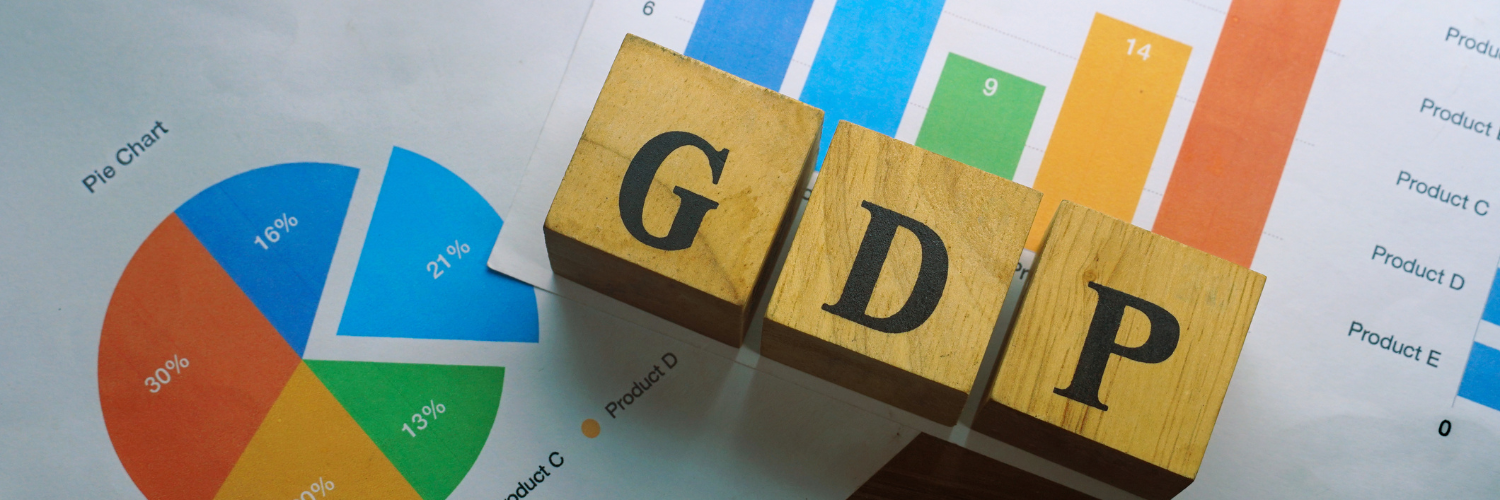Gross Domestic Product (GDP) is a key economic indicator that measures the total monetary value of all goods and services produced within a country’s borders over a specific period, typically a quarter or a year. Every government in every country wants to drive growth in GDP, as it generates greater revenue for public spending without having to increase taxes. Without growth their options are to cut or freeze spending on public services, increase taxes or increase debt.
There are three primary approaches to calculating GDP:
1. Production (or Output) Approach
This method calculates GDP by adding up the value of all goods and services produced in the economy, subtracting the cost of inputs used in production. It focuses on the value added at each stage of production.
GDP=∑(Gross Value of Output−Value of Intermediate Consumption)\text{GDP} = \sum (\text{Gross Value of Output} – \text{Value of Intermediate Consumption})GDP=∑(Gross Value of Output−Value of Intermediate Consumption)
2. Expenditure Approach
This is the most common method, which calculates GDP by adding up total spending on all final goods and services produced within a country. It is represented by the formula:
GDP=C+I+G+(X−M)\text{GDP} = C + I + G + (X – M)GDP=C+I+G+(X−M)
- C: Consumption by households
- I: Investment by businesses
- G: Government spending
- X: Exports of goods and services
- M: Imports of goods and services
3. Income Approach
This approach calculates GDP by summing all incomes earned by individuals and businesses in the economy, including wages, profits, rents, and taxes, minus subsidies.
GDP=Compensation of Employees+Gross Operating Surplus+Gross Mixed Income+Taxes on Production and Imports−Subsidies\text{GDP} = \text{Compensation of Employees} + \text{Gross Operating Surplus} + \text{Gross Mixed Income} + \text{Taxes on Production and Imports} – \text{Subsidies}GDP=Compensation of Employees+Gross Operating Surplus+Gross Mixed Income+Taxes on Production and Imports−Subsidies
Each of these methods should, in theory, produce the same GDP figure, as they are just different ways of measuring the same economic activity. What’s important is that the number goes up.
If GDP falls for two successive quarters – or three month periods – that is defined as a recession.


